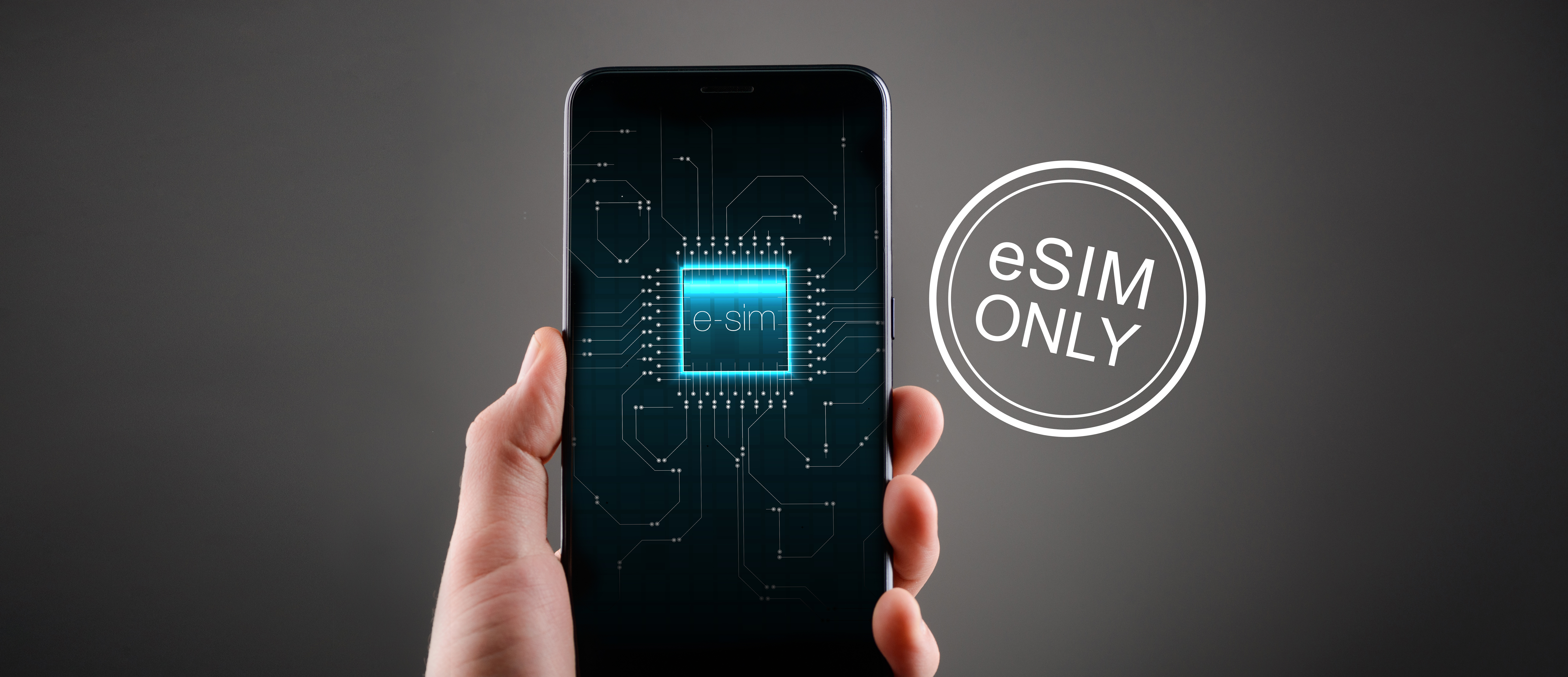Page Contents
The iPhone 14 is eSIM-Only: What Does That Mean for Global IoT Connectivity

Page Contents
If you look closely at the US iPhone 14 announcement, one feature should be of particular interest to IoT stakeholders. The iPhone 14 will be eSIM-only. At floLIVE, we can see the writing on the wall. Plastic SIMs are on track to be replaced by electronic profiles, and the iPhone 14 is just the start.
For enterprises that work with IoT devices, this news is going to change the game. At first, only consumers will be impacted, but soon, we believe that it will advance the ability for organizations to access flexible, affordable and local connectivity, anywhere in the world they do business.
What’s the Impact of Tim Cook’s Announcement?
Consumer devices are mobile phones or wearables, and eSIM-only is nothing new for many of these devices, such as health trackers or smart watches. However, for mobile – eSIM-only means that consumers will be able to get familiar with the process of using electronic profiles for their mobile phones, for example when they travel to a new country.
They will be able to download a connection from a local operator, rather than pay through the nose for expensive roaming agreements, as they have been forced to in the past.
What’s starting with Apple will soon be followed by other vendors, many of whom offer dual-SIM functionality. This means that consumers can continue to use their regular phone number for actions such as making calls or sending SMS messages, and then use the dual-SIM functionality to download the connectivity for data from a second operator.
For the first time, thanks to Apple, consumers will be forced to learn how to manage and utilize eSIM and its benefits, and local connectivity will become an easy option.
MNOs: Time to Expose Your Service, or Fall Behind
Until now, MNOs have relied on consumers utilizing roaming when they travel abroad. Today, we can see the tides shifting. Now that consumers have the control to download local connectivity, they won’t choose roaming unless it’s much more convenient or affordable. But roaming can never be more affordable, because it needs to pay for the costs of the home operator and the host operator, too.
We’re going to go ahead and say it – roaming can’t compete.
Instead, MNOs will need to expose their service to consumers so that they can take advantage of the local connectivity trend. As the market moves towards a ubiquitous use of eSIM, it’s the only answer.
What Does Local Connectivity Mean for IoT?
So far, we’ve talked about how local connectivity will be easier to consume for the average person and their mobile phone. Now let’s turn our thoughts to IoT, and how roaming fits into its own connectivity puzzle.
Up until now, there have been two main approaches to accessing global connectivity for IoT.
Individual operator relationships
The most common method is for enterprises to reach out to individual MNOs and make relationships with them. They send devices to each country, and physical SIM cards are put into these devices. In each country, there will be a local agent, who will be responsible for handling connectivity.
The problems with this approach: The enterprise has very little visibility, making it hard to troubleshoot, impossible to access data, and a complex task to even consider API integrations. Multiple MNO relationships means juggling many contracts, multiple APIs, and many different types of communication and support.
Roaming agreements
To try to control costs and get more visibility, many global companies have turned to roaming. This could be a single global contract, or multiple roaming connectivity profiles that cover different regions, offering the ability to solve compliance issues, (such as having a single EU roaming agreement to satisfy GDPR), or improving performance by achieving lower latency.
The problems with this approach: It’s tough for the home MNO to make revenues with this approach, and performance can’t help but suffer when roaming agreements are used. Poor latency can also drain battery life, a specific IoT-related problem. Security and compliance are major problems, as with roaming you are reliant on the host MNO, and have no say in the decisions that they make.
One of the biggest issues with roaming agreements for IoT is that more and more countries are putting permanent roaming restrictions in place, only allowing devices to roam for 90-days. This doesn’t work for long-term IoT use cases, and even where roaming itself is allowed, you may find that specific access technologies such as CAT-M or NB-IoT are not.
As individual operator relationships are complex and not viable due to lack of visibility and control, and roaming relationships cause security, compliance and availability issues – Apple’s announcement just put a new option on the table. Localized Connectivity.
Localized Connectivity’s In The End Zone FTW
Roaming just isn’t a long-term solution for IoT, which makes this the perfect time for localization to enter the market. While this wasn’t intended to support IoT, it’s a very welcome byproduct of the growth in eSIM usage.
Instead of avoiding roaming by entering into direct operator relationships, and losing visibility and control, localized connectivity gives enterprises a new path to take.
Just as consumers are able to access local connectivity, enterprises should be asking for the same from their IoT service providers. By offering localized connectivity that is centrally accessed and managed, enterprises can benefit from high performance local connectivity anywhere in the world.
Not only that, but they gain a single API, complete visibility over all device activity and network data and events from a single platform, and total flexibility over billing and use cases.
Roaming is dead. Long live localized connectivity.
Want to see how we bring it all together at floLIVE? We’d love to chat!

Join Our Newsletter
Get the latest tips and insights in our monthly newsletter.








